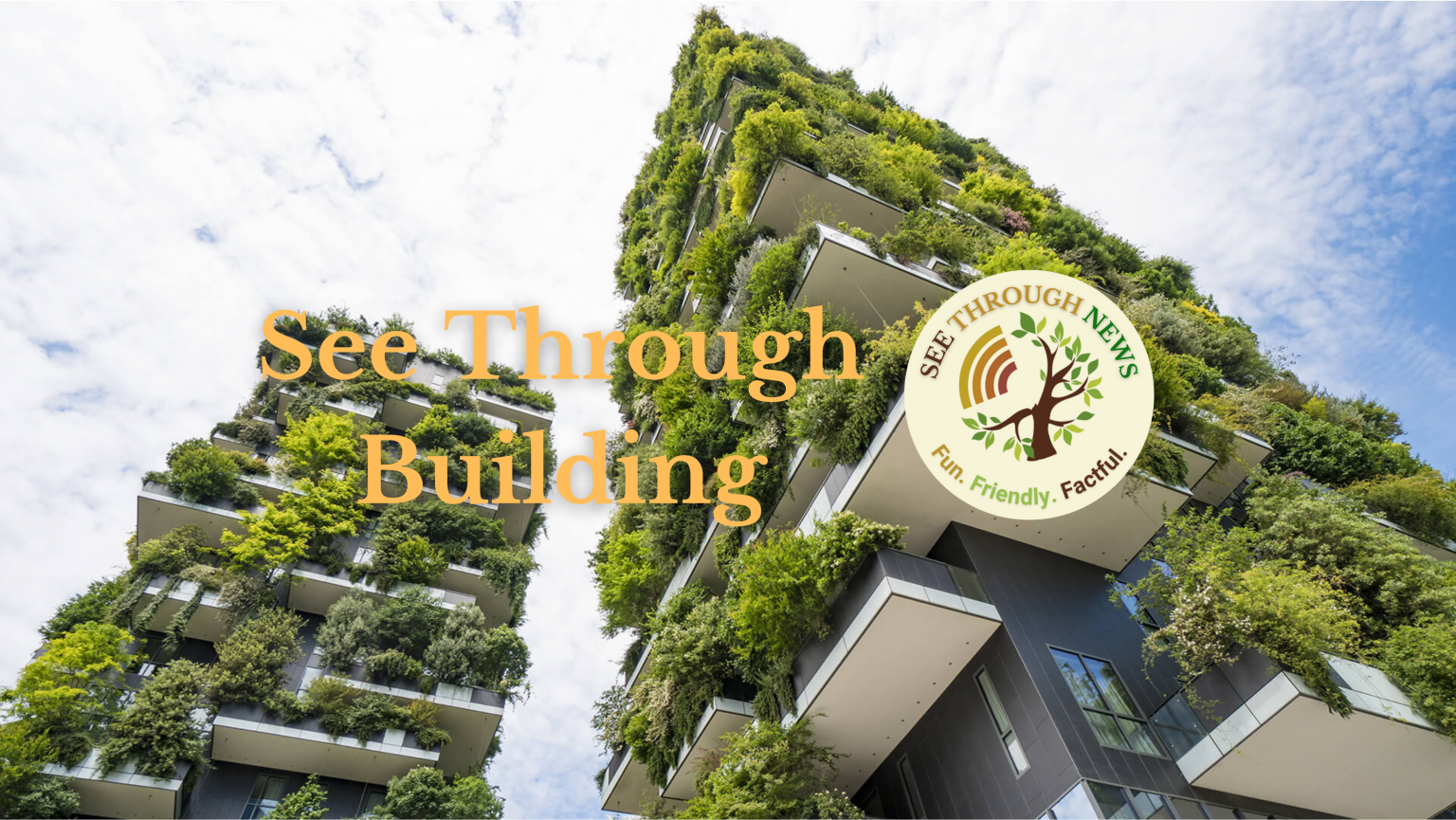A local example of See Through Building’s ambition to get everyone in the building industry from architects to owners talking carbon drawdown
Here’s a video from local See Through News Facebook Group See Through Salisbury on a local construction project.
It’s the second of two linked videos. The first one examines the site’s colourful past as a gibbet, where condemned local criminals were hung, revealing the moment a local tells the site foreman of this grisly history.
This has nothing directly do to with carbon drawdown, but it follows the STN methodology of first attracting ordinary peoples’ attention, before nudging them on a path to carbon reduction.
This second film informs local residents about what is now being built, and takes a step closer to the STN Goal of Speeding Up Carbon Drawdown by Helping the Inactive Become Active.
How?
How See Through News Can Fill the Local News Vacuum and Earn the Right to Nudge on Carbon Reduction
These videos answered most of the key questions local residents were – quite legitimately – asking, after a bulldozers moved into a large plot on a major roundabout on a city ring road, after decades of lying derelict. Questions like:
- Who’s the developer?
- What’s being built – offices, shops or homes?
- If it’s offices, what jobs will they bring?
- If it’s shops, what shops?
- If it’s homes, how many parking spaces have been accounted for?
These are the kind of questions that local newspapers used to answer, before they were taken over by corporate agglomerators, and reduced to mere advertising platforms.
That news vacuum has been filled by local Facebook Groups. They still ask the right questions, but lack the journalistic skills to answer them, which is where the local See Through Group (in this case See Through Salisbury) comes in.
Using Local Building and Planning Issues to Nudge on Carbon Reduction
Local construction projects like this provide a great opportunity to leverage local curiosity. When a big project on a prominent site that has been derelict for decades, it attracts local interest, and if you can be the fun, friendly, factful group that has the right answers, it’s an opportunity to access eyeballs, frame the local debate on how we want our cities to look in future, and nudge thinking on how we use buildings in a carbon drawdown direction
In this case, the question that bounced around Salisbury’s local Facebook groups for weeks was, as is often the case with new inner-city builds, how many parking spaces were included in the planning application.
Thought there’s a simple an verifiable objectively true answer to this question (it was ‘3’, and took about 45 seconds to find on the planning application section of the local government website), no one in these groups had the skills, experience, or motivation to find it.
Instead, the appearance of the bulldozers prompted prolonged speculation, mostly ill-informed and second hand. Plenty of remarks about what people reckoned the answer was, no shortage of reporting about what a builder down the pub reckons it is, but no actual link to the planning application giving the actual answer.
So if the local STN Facebook group becomes the place that’s known for Facts, and being reliable (as the local newspapers once were), this social media environment offers a chance to steer debate away from questions like
‘how many parking spaces?’
to
‘why do we need parking spaces?’
in a fun, friendly, fact-based matter than avoids the usual tribal affiliations.
See Through News is doing this at a local level, via case studies such as this one, but also via our Topic-based vertical group See Through Building.

